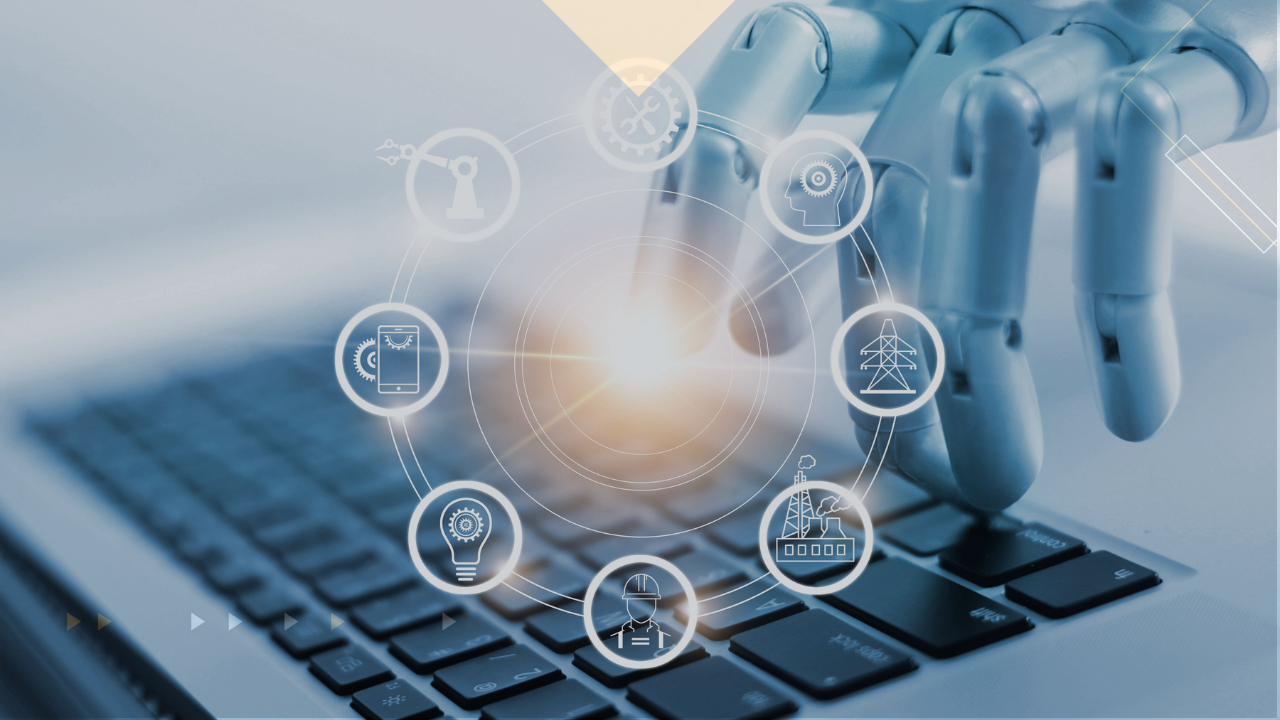
5 AI solutions that streamline workflows in the public sector
Table of contents
Quick Access

The digital transformation of the public sector has gained new momentum with the implementation of artificial intelligence (AI)-based tools. These solutions enable government institutions to offer better services, optimize internal processes, and reduce operating costs.
In this article, we explore five key AI solutions that are streamlining workflows in the public sector: generative AI, process automation, machine learning, chatbots, and fleet management software.

5 AI solutions that streamline workflows in the public sector
Generative AI for governments: Efficiency with human criterion
Generative AI for Governments represents a significant advance toward more agile and proactive public administration. This technology allows for the creation of content, the drafting of official documents, the summarization of long texts, or the generation of code to speed up repetitive tasks.
According to Deloitte, “Generative AI has ushered in a new era of intelligent automation in government. When combined with other forms of automation and appropriate human judgment, it has the potential to increase government efficiency and effectiveness.”
In addition, IBM notes that these technologies can "empower citizens and restore trust in public entities by improving workforce efficiency and reducing operating costs," in addition to facilitating the digital modernization of the government backend.
However, the Government of Canada warns of the ethical and legal risks associated with these tools, such as algorithmic bias, the generation of misinformation, and the impairment of the professional judgment of public servants. The responsible and regulated use of generative AI is essential to achieving sustainable benefits.
Automation for governments: Less bureaucracy, more results
Process automation for governments is one of the most practical applications of AI. Thanks to robotic process automation (RPA), public agencies can eliminate manual tasks, reduce administrative errors, and dedicate more time to serving citizens.
For example, many local governments have automated the management of operating licenses, business registration, and tax processing, which previously took days or weeks and can now be done in minutes. Bots have also been deployed to scan, archive, and categorize legal or historical documents.
By applying automation with AI, large volumes of data can be analyzed to make more informed decisions and streamline approvals, all without compromising the security or transparency of the process.

Machine Learning for governments: Anticipating problems and making better decisions
Machine learning for governments enablesInstitutions can detect patterns in data and make predictions that improve decision-making. This solution is especially useful in areas such as public health, fiscal oversight, citizen security, and climate change management.
For example, health departments can analyze disease data to anticipate epidemic outbreaks, while tax agencies can predict the risk of tax evasion by analyzing financial behavior.
In addition, in public safety, machine learning systems can help identify areas with higher crime rates and enable preventive planning. All of this allows for more efficient resource allocation, crucial in governments with limited budgets.
Chatbot services for governments: 24/7 citizen support
Chatbot services for governments have gained special relevance due to their ability to respond to queries immediately and consistently. These virtual assistants not only answer frequently asked questions but can also guide users through complex processes, such as document renewals, utility payments, or enrollment in social programs.
According to GovTech, in King County, Washington, a chatbot deployed during the pandemic helped identify people with COVID-19-like symptoms, saving nurses 35% of the time they spent on unnecessary calls.
McKinsey also highlights the case of Heidelberg, Germany, where the chatbot Lumi helps citizens manage procedures such as applying for a new ID or registering a residence, optimizing service by reducing lines and waiting times.
These tools also allow for service in multiple languages and the collection of key metrics on citizens' most common needs, helping to plan better public policies.
Fleet management software for governments: Optimizing resources in the field
AI-powered fleet management software is another solution that streamlines logistics tasks in sectors such as waste collection, public transportation, urban maintenance, and security. Thanks to artificial intelligence, it's possible to optimize routes, reduce fuel consumption, plan preventive maintenance, and monitor vehicles in real time.
For example, a city using this type of software can reorganize its garbage truck routes based on traffic and population density, saving time, fuel, and human resources. It can also schedule predictive maintenance for police cars, ambulances, or buses, avoiding costly downtime.
In addition, these systems allow for managing driving behaviors, detecting incidents on the road, and establishing performance metrics for each unit, aligning performance with institutional objectives.

A more efficient and citizen-oriented future with AI solutions
The implementation of AI solutions for governments is not only a technological trend, but an operational necessity to serve a more demanding and digital citizenry.
Tools such as generative AI, process automation, machine learning, chatbots, and fleet software are transforming the way public institutions operate, freeing up human resources, reducing costs, and improving citizen service.
However, adoption must be done responsibly. As the Government of Canada warns, ethical, legal, and social risks must be considered, and principles of transparency, privacy, and equity must be applied in the use of these technologies.
With the right approach, AI solutions can become strategic allies to modernize public management, increase citizen trust, and build more agile, inclusive, and future-ready governments.
Rootstack, a trusted AI provider
At Rootstack, we have extensive experience implementing artificial intelligence solutions for governments. We have worked with public sector entities on process automation, developing custom chatbots, integrating machine learning systems, and optimizing operations through generative AI.
Our team of experts ensures an ethical, secure, and regulatory-aligned approach, positioning us as a trusted provider of AI technologies for government institutions looking to modernize their workflows and offer better services to their citizens.
Contact us!
Related blogs

Microservices architecture: Designing scalable systems

External threats to computer security | Rootstack

Rootstack Cybersecurity Solutions: Protection and Monitoring

Core Banking Software Platforms: Key Features to Look for in 2026

Software development services company: What could we do?
